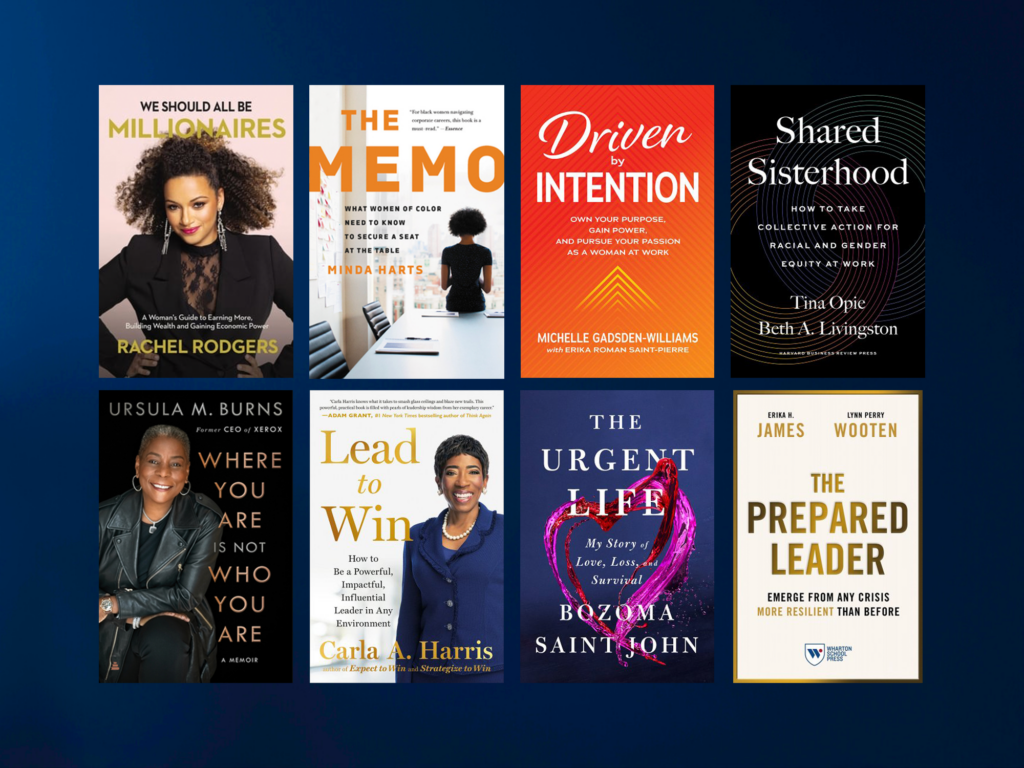The Expert Perspective on ‘Burnout’: A Conversation with Professor Christina Maslach

Burnout. It’s no new term. In fact, Google searches for “burnout symptoms” hit an all-time high in May 2022, as people everywhere tired of the physical, mental, and emotional strain of living through the third year of the pandemic while facing economic uncertainty. But that wasn’t the case in the early 1970’s, when the term didn’t yet exist on the social science scene or in the workplace. Psychologist Christina Maslach, the pioneering researcher on job burnout, changed that. The psychology professor emerita at UC Berkeley and researcher at the Healthy Workplaces Center first wrote about workplace trauma and burnout 40-plus years ago. Since then she has been quite committed to breaking down the barriers to burnout, producing the standard assessment tool (the Maslach Burnout Inventory, MBI), authoring books, and journal articles. Even after decades of research and breakthroughs like The World Health Organization (WHO) updating its definition in 2019, burnout remains among the most significant on-the-job hazards facing workers today. It is also among the most misunderstood.
In particular, we tend to characterize burnout as a personal issue―a problem employees should fix themselves by getting therapy, practicing meditation techniques, or changing jobs altogether. There’s value in these tools, and sometimes a new job is absolutely the best course of action, but as she and her co-author Michael P. Leiter outline in their new book from Harvard University Press, The Burnout Challenge, burnout needs to be managed by the workplace.
“A dysfunctional workplace is not something for people to endure,” she wrote in The Burnout Challenge. “It is something to change.”
Loaded with examples collected from decades of research that help build a spectrum of what they call six “mismatches” that plague employee-employer dynamics: mismatches with workload, control, rewards, community, fairness and values, Maslach and Leiter provide useful tools for identifying the signs of employee burnout, while also advising managers on assembling and interpreting worker self-evaluation surveys, which can reveal workplace problems and potential solutions.
As part of our ongoing coverage of bunout and mental health in ambitious spaces, MBAchic spoke with Maslach about some of the effective ways we can recognize, acknowledge, and treat the symptoms of burnout, what the pandemic revealed about work, and when to walk away. This interview has been edited for length and clarity.
As you know, The World Health Organization recognized burnout officially in 2019 – in your work you talk about burnout having three interrelated components. Can you outline those?
Christina Maslach: The stress response (and not recovering well) exhaustion and negativity toward the workplace, the cynicism and negativity toward yourself, and professional ineffectiveness are the three components of how we feel about ourselves, our work and other people. And when all of those go bad, meaning it’s negative and it’s chronic most of the time/all of the time experience, that’s the sort of the trifecta that we call job burnout.
You recently co-authored The Burnout Challenge, as a solutions-focused template for both employees and employers. There’s a traditional saying that extends far beyond the culinary world – if you can’t take the heat, get out of the kitchen. You want people to reframe the issue of burnout from a self-reflection perspective to looking at other organizational factors. Can you talk about that and why it’s important?
Christina Maslach: As World Health put it, it’s chronic job stressors that have not been well managed, and the optimistic note is that they could be managed, they could be better taken care of, so they’re not as frequent or not as intense, you know, they don’t exist at all. A lot of the mantras that we hear, like, ‘if you can’t take the heat, get out of the kitchen,’ or the job ‘is what it is,’ is basically saying the job is not going to change. If there’s a mismatch between you and your job, it’s all up to you to fix it. It’s got to be you, you’re not good enough, you’re not strong enough, you’re not resilient enough. If it gets harder then you just have to work it harder.
What we’re saying is that based on all the research that we’ve been doing, you have to look not just at coping, but actually how do you change the stressor so that you prevent or lower the risk of burnout? You’ve got to do both. Why not look at the kitchen and say, ‘does it really have to be this hot? Could it be better ventilated? Could we redesign it in a way that it’s a much easier environment to work in?’ What we’re finding is that to get a better fit between people and their work and create an environment in which people can really thrive and do well, rather than get beaten down, that may be a better part of the solution that you need to be looking at and not simply tell people to do more.
The other mantra is, ‘sorry guys, we’re gonna have to do more with less.’ We’ve been hearing that for years, and that is really like, okay, ‘let’s create burnout! We’re going to give you less resources, less time, less people, less money, less whatever, but you’re going to have to do more than you’re doing now.’ When you get that kind of mismatch, you get people saying, ‘I can’t keep this up. I can’t keep doing this.’ Once in a while we have to stretch because there’s a certain emergency or a great opportunity we don’t want to miss. But you need to then recover and get ready to come back strong again. So we have to look at both people, but also that workplace. What are the conditions like? Is it really helping them to do their best and grow and get even better? Or is it really something that provides obstacles and difficulties and puts them in worse shape to even have a good home life as well as the work life. That’s really what the argument that we’re making in the book about managing the relationship between people and the workplace. It’s both. It’s not either or.
One of your professional goals is to help people either change a potentially problematic situation — or quit a job that just isn’t working for them. Can you speak to a working professional in that contemplative place, and offer guidance on how to ultimately make that fork-in-the-road decision?
Christina Maslach: I think on the quit side, there are a number of possibilities where you’re saying, this really is going so badly wrong that I, for myself, don’t care what anybody else feels, you know? And I just feel much better about what I’m doing here than what I was doing there. For other people, find out are you not the only one having this issue? Are there other people who say, ‘could we make some changes here? Could we make a difference?’ That might suggest staying and actually trying [to create change] with colleagues, with relevant managers or supervisors. We’ve been through the pandemic, we’re now in a new site. How can we rethink what we’re doing to do it in a better way?
You may have invested a lot in terms of the benefits you’re going to get when you retire, and you don’t want to lose those, so that might be another factor in all of this. But in many cases, if you can’t see ways in which things can be improved, [start] looking for better alternatives. What other place could use my kind of skills, is there a better arrangement? Can you talk to other people who are there, who have experience with it to get a sense of what might be possible? It’s not an easy thing to do. Particularly because there’s just so much more negative talk about making people feel blamed, bad, deficient, mentally ill, incompetent, if they ‘confess’ so to speak experiencing burnout, so open conversations are not actually the easiest thing to do sometimes.
A lot has shifted post-pandemic. Terms like quiet quitting, quiet hiring, hush vacations, career-cushioning have emerged as trends – what did employers learn from the pandemic and what are they still figuring out?
Christina Maslach: If there is one lesson that we learned from the pandemic, it’s that mantra about the job ‘is what it is,’ hit the dust. Because it turned out, you know what, we had to do the job differently. It can change, it can be different. It’s possible to improve and to change. We can learn from mistakes, we can learn from things that didn’t go well, and we can rethink in more creative ways.
When people have called and asked me, ‘should I go to my boss and confess and say I’m burned out and ask for accommodations?’ I usually say, ‘I don’t think that’s the best strategy, because what you do is you’ve just identified yourself as having a problem.’ The likely response will be, ‘What’s wrong with you? What are we going to do about you? You’re going to have to figure it out, pull yourself up by your bootstraps or see a coach, see a psychiatrist. It’s your problem.’ People make it a mental illness. They make it a medical condition, even though it’s not. So, the better response, I would say, is to make it less of a me problem and more of a we problem and pivot as we talk about in the book, from the negative in those six major areas of mismatch (workload, control, rewards, community, fairness and values) to what would be better. What would be an improvement? How could we get to maybe not perfect or ideal, but to a better place in terms of community, in terms of fairness, in terms of recognition, reward and having some autonomy and control over the work you do?
The question is not who do we blame for having burnout, but how do we make our work lives better? How do we make the experience better? That should be done on a constant basis every couple years at least because the world keeps changing and the way we do our jobs today isn’t going to be the way we do them in a couple of years.
What are the little pebbles in the shoe that are the chronic stressors that are there every day? That are dragging us down, eroding our energy, our soul, our commitment. That’s really more the scale we’re looking at. Once we do one, let’s figure out another one that we can get rid of or improve or redesign how we do our job. Because the question is, if you had to redesign your job today to accomplish the same things, would it look the same? How can we begin to make positive incremental steps towards something that gets rid of the busy work?

Photo from Kinga Howard







